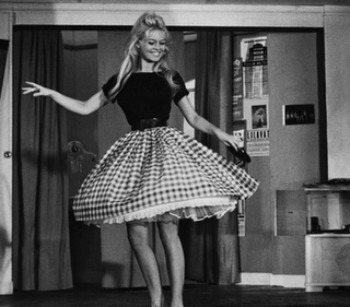After the height of the feudal system, Europe, from the 11th century, observed a series of transformations that marked the so-called Low Middle Ages. One of the first changes that took place was linked to the increase in agricultural production, which, thanks to the increase in new techniques, allowed for a greater circulation of goods throughout Europe. New land and sea routes were installed, coming to integrate Europe with other regions of the Orient.
Among the main commercial centers of this time, the Italian cities of Venice and Genoa stood out. The privileged position of these two regions allowed the Italian Peninsula, over time, to become an entrepot between the commercial cities of East and West. At the same time as commerce developed, the ambitions of the medieval merchant class came to seek dominance of new routes dominated by Arabs and Jews.
In addition to having control of trade routes, the Arabs posed a threat to the hegemony of the Christian Church. As in Christianity, the Muslim faith, practiced by the Arabs, preached the expansion of their beliefs through constant military onslaught. In this way, Church leaders encouraged the creation of military expeditions to combat Muslim expansion in Europe. Summoning the faithful and seeking the support of the noble class, armies were formed that fought for the Church.
Using the symbol of the cross on their flags and clothing, these combatants became known as crusaders. Throughout the 11th and 13th centuries, several crusades left for the East. Some of the crusades had the financial support of Italian merchants, who saw in these struggles a great opportunity for control over routes and trade fairs previously dominated by Arabs and Jews. Thus, with each victory of Catholic armies, new lands and trade routes were monopolized by Europeans.
The increase in agricultural production, in addition to expanding trade, also caused medieval populations to increase. The manors, no longer supporting a rising population density, lost many of their members to the new medieval cities. The Middle Ages, being a period marked by the fear of misfortunes, conceived walled cities, protected with tall towers and shifting bridges.
Commercial and demographic expansion extended medieval cities beyond the boundaries of the walls. The growth of commerce caused the axis of the main economic activities to be shifted from the countryside to the cities. The walls that protected cities and towns lost their importance with the creation of borders created with the rise of monarchical authority, marking the transition from the Middle Ages to the Modern age.
Do not stop now... There's more after the advertising ;)
By Rainer Sousa
Graduated in History
Would you like to reference this text in a school or academic work? Look:
SOUSA, Rainer Gonçalves. "Transformations in Feudal Society"; Brazil School. Available in: https://brasilescola.uol.com.br/historiag/transformacoes-sociedade-feudal.htm. Accessed on June 27, 2021.



